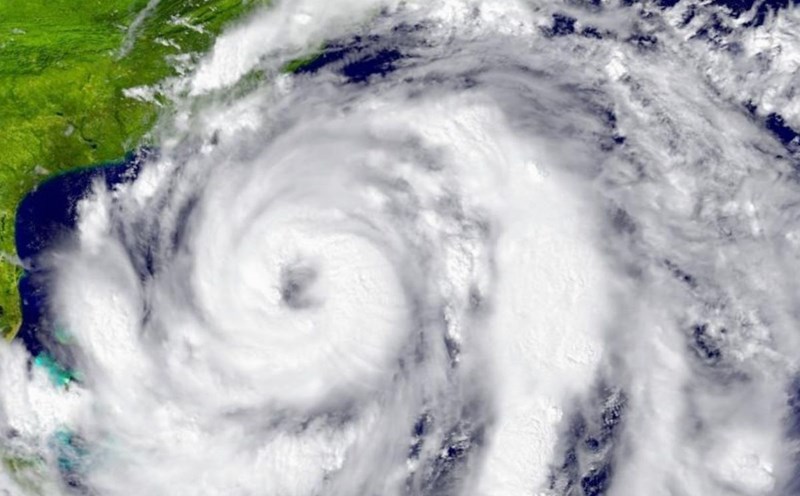According to information from the Philippine Atmospheric, Geophysical and Astronomical Services Administration (PAGASA), the low pressure area has a very low probability of strengthening into a tropical depression in the next 24 hours.
However, the trough associated with this low pressure is causing thick clouds, cloudy skies and scattered rains in many areas of Central and Southern Luzon, especially the Mimaropa, Bicol, Quezon and Batangas regions.
Meanwhile, according to the National Hydrometeorological Forecast Center of Vietnam, day and night 5.5, the following waters have showers and thunderstorms: the eastern waters of the middle and south of the East Sea (including the eastern waters of Truong Sa Archipelago); waters from Ca Mau to Kien Giang; Thailand Bay.
Warning of the possibility of tornadoes and strong gusts of wind of level 6-7.
Ship operating in the above areas are at high risk of being affected by tornadoes at sea, strong gusts of wind and big waves.
Meanwhile, PAGASA weather forecaster Chenel Dominguez said: A possible scenario is that the low pressure area will leave the Philippine Forecast Area (PAR) or self-dissolve.
Palawan - located near the center of the lowest pressure area - is forecast to continue to experience cloudy skies, scattered rains and unstable weather until at least the end of tomorrow (May 5).

Although unlikely to strengthen into a storm, this low pressure area is still greatly affecting the weather in the area, especially through showers and thunderstorms due to the expansion of the low trough.
In the country, especially the capital Manila and many other regions, the winter wind effect continues to dominate the weather, bringing hot sunshine and high humidity, typically for the changing seasons before the official rainy season begins.
PAGASA also noted that, as it is the beginning of May - the transition period to the rainy season - local showers due to thunderstorms and wind convergence will occur more often, especially in the late afternoon.
As of now, no strong wind warnings have been issued for the entire coastal area of the Philippines, suggesting that the sea is still quite peaceful despite the presence of a low pressure system.
In short, even if no storm is formed, the low pressure area in the East Sea is still a cause of widespread unstable weather in the central and southern part of Luzon Island of the Philippines, with Palawan being the most severely affected area.
Weather developments in the coming days depend on the direction of movement or the ability of this low pressure area to dissipate. People in the affected area still need to continue to monitor updated weather forecasts from the meteorological agency.









